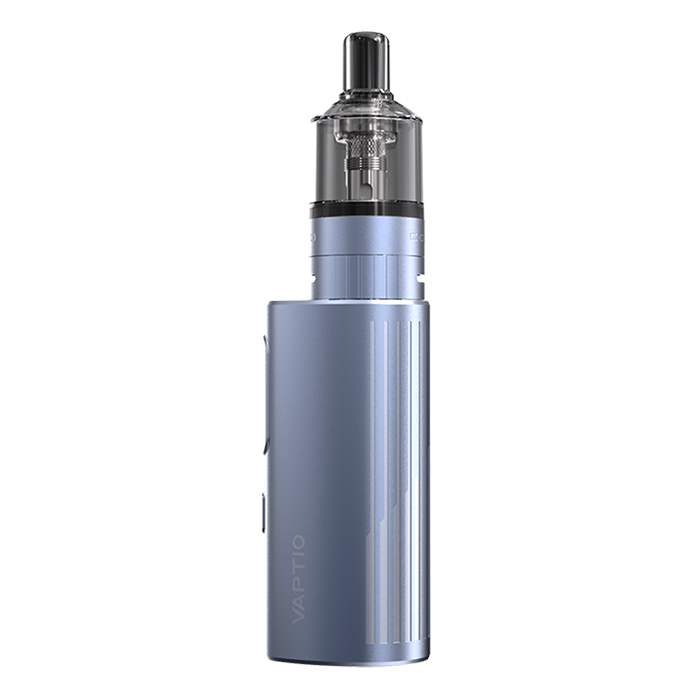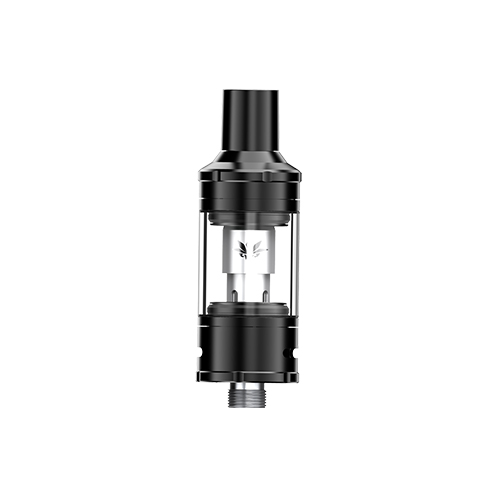“Pandemic-related anxiety, boredom, and irregular routines were cited as major drivers of increased nicotine and tobacco use during the initial COVID-19 shutdown,” states a press release from the Columbia University Mailman School of Public Health.
The press office issued its summary following the publication of a research paper by the International Journal of Drug Policy(1) finding smoking rates rose due to poor American policy.
Telephone interviews were conducted with smokers and vapers, over the two months of April and May last year, after they were targeted through Facebook and Instagram advertising.
Brick and mortar vape stores were classified as non-essential businesses and were closed during this period. This came on top of moves to ban flavours, device sales, and the push towards restricting online sales.
Almost all interviewees reported they were experiencing increased levels of stress due to fears of the disease, potential job loss, and feelings of isolation due to stay at home instructions. They said their smoking had increased as a result, exacerbated by feelings of “boredom and irregular routines”.
“At the community level, retail access impacted cigarette and ENDS use differently. While cigarettes were universally accessible, ENDS access was more limited, driving some to purchase products online. Delayed deliveries led some ENDS users to compensate with readily-available cigarettes.”
Addressing how to avoid this situation in future, they concluded: “Policies that facilitate access to lower risk products can help minimize harm among those who cannot or do not want to quit smoking.”
Assistant professor Daniel Giovenco said: “Pandemic response policies that intentionally or inadvertently restrict access to lower-risk products—through availability, supply chains, or even postal service slowdowns—while leaving more harmful products widely accessible may have unintended consequences that should be considered during policy development.
“While quantitative, survey-based studies provide valuable insight into changes in tobacco use during lockdown periods, existing research has drawn mixed conclusions. Our approach was the first to qualitatively capture the complex drivers and mechanisms that may help explain varied behavioural shifts.
“COVID-19 mitigation strategies to curb transmission will likely continue for the foreseeable future, with many permanently altering elements of the workplace, education, and consumer behaviours. Our findings can help tailor intervention and policy work to address multi-level determinants of tobacco use in the COVID era and the years ahead.”
At the same time, Guy Bentley, writing for Reason, reveals that San Francisco's top economist has admitted that the city’s vape ban will increase smoking rates(2).
“It's clear tax revenue wasn't a consideration, since the city does not expect to lose any—thanks to rising cigarette sales. So while e-cigarette manufacturers and San Francisco vape shops close, it's happy days for the makers of Marlboro and Camel,” he writes.
So much for protecting children from the dangers of cigarettes.
News from: https://www.planetofthevapes.co.uk/news/vaping-news/2021-03-12_american-harm-reduction-attacks-spiked-tobacco-use.html



















